Hormonal Masculinization of the European Grayling (Thymallus thymallus) Using 11β-Hydroxyandrostenedione (OHA) and 17α-Methyltestosterone (MT)
Animals
Oglądaj/
Data
2025Autor
Różyński, Rafał
Kuciński, Marcin
Dobosz, Stefan
Kycko, Anna
Ocalewicz, Konrad
Metadane
Pokaż pełny rekordStreszczenie
The European grayling is an ecologically and recreationally important salmonid fish species. However, its wild populations have declined in recent years across Europe due to habitat degradation, predation and overexploitation. Unfortunately, conservation measures such as stocking with hatchery-reared fish may threaten the genetic integrity of native populations. The use of triploid all-females, which display markedly reduced fertility, offers a potential solution to this problem. While protocols for inducing triploid and gynogenetic development of the species exist, an effective method for producing neo-males, essential for large-scale triploid female stock production, is still lacking. In the present study, the potential suitability of 11β-hydroxyandrostenedione (OHA) and 17α-methyltestosterone (MT) for masculinization of the European grayling was investigated, aiming to provide preliminary data to support the future development of a reliable biotechnique for neo-male production in this species. Pilot trials of hormonal masculinization were conducted by feeding 20-day post-hatch fry with diets supplemented with OHA (10 mg/kg—OHA10ppm, 20 mg/kg—OHA20ppm) or MT (3 mg/kg—MT3ppm, 6 mg/kg—MT6ppm) for ~80 days. In the OHA-treated groups, the proportion of externally male-like individuals ranged from 66.7% (OHA10ppm) to 76.6% (OHA20ppm). However, some of these specimens were found to be genetically female with ovaries (4.5% and 28.8%, respectively), which indicated a dissociation between external dimorphism and gonadal development. In turn, MT treatments resulted in strong disruption of the female gonads with the intersex individuals comprising 28.6% (MT3ppm) and 57.1% (MT6ppm), indicating that the applied hormonal treatment was insufficient for complete masculinization. The results indicate that androgen-mediated neo-male induction by OHA and MT is possible in the species but requires optimization of dose, timing and delivery, potentially combining embryonic immersion with prolonged dietary administration.
Zbiory
- Publikacje [706]
